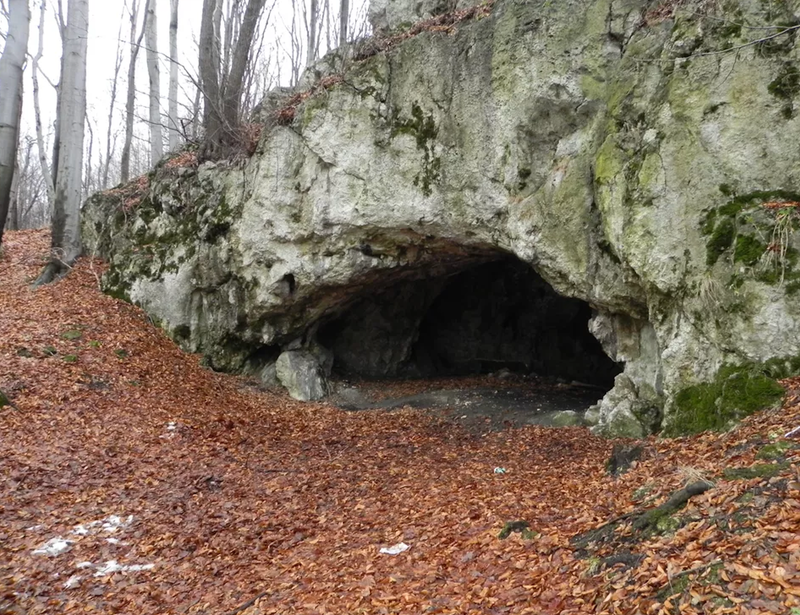All recommendations within this article are informed by expert editorial opinion. If you click on a link in this story we may earn affiliate revenue. A SUDDEN population increase in Europe 18,000 years ago forced our ancient human ancestors to battle it out over resources. And these early humans fought a fight so fierce, they even ate their competition, according to researchers. Human remains found in Maszycka Cave in Poland suggest they were the victims of cannibalisation as an act of war.
![[Evidence of cannibalism from a Polish cave.]](https://www.thesun.co.uk/wp-content/uploads/2025/02/evidence-cannibalism-cave-southern-poland-970821124.jpg?strip=all&w=960)
A new study of 53 bones, published the journal Scientific Reports, suggest they belong to at least 10 people, six adults and four children. "The age profile resembles that of a complete nuclear family unit, suggesting that they could have been attacked, subdued and subsequently cannibalised," the researchers wrote. The bones show signs of butchering, and were hard to distinguish from the animal bones they were found alongside.
![[Cave in a forest showing evidence of cannibalism.]](https://www.thesun.co.uk/wp-content/uploads/2025/02/evidence-cannibalism-cave-southern-poland-970821151.jpg?strip=all&w=883)
Cut marks and fractures on the bones suggest these ancient humans had their skulls cracked open and their brains scooped out by their aggressors. Looking at the pattern of the cut marks, researchers noted that the aggressors were likely eating the most calorie-dense parts of corpses shortly after their death: the brains, bones marrow and muscles. "The location and frequency of the cut marks and the intentional fracturing of the skeleton clearly show nutritional exploitation of the bodies," study lead author Francesc Marginedas, a doctoral student at the Catalan Institute of Human Paleoecology and Social Evolution (IPHES), said in a translated statement.
![[Illustration of human skeletal remains and close-up images of cut marks on bone fragments.]](https://www.thesun.co.uk/wp-content/uploads/2025/02/cannibal-humans.png?strip=all&w=892)
The number of bones that had been manipulated after death also strongly indicates cannibalism, researchers added. "It’s a very thorough paper," Silvia Bello, a paleoanthropologist at the Natural History Museum in London told Science Magazine. "There’s no doubt it’s a case of cannibalism.". Evidence from other sites suggests cannibalism may have been a widespread practice among early Europeans. Palmira Saladié, another author of the study, added: "Cannibalism is a behaviour documented at various times in human evolution.
![[Archaeologists excavating a cave in a forest.]](https://www.thesun.co.uk/wp-content/uploads/2025/02/NINTCHDBPICT000970821147.jpg?strip=all&w=960)
"In prehistoric contexts, it could respond to both survival needs and ritual practices or even intergroup violence dynamics.". It's possible these early humans cannibalised others for some ritual purpose, or even famine. But because there is no evidence of the victims being buried in a respectful way, and instead found butchered with animal bones, researchers believe it is an example of "warfare cannibalism".
![[Evidence of cannibalism from a Polish cave: a jawbone and bone fragment.]](https://www.thesun.co.uk/wp-content/uploads/2025/02/evidence-cannibalism-cave-southern-poland-970821159.jpg?strip=all&w=877)
This scenario could have been bought about by too many people, and too few resources, in one area. The Magdalenian period, during which the early humans of the study lived, spanned between 23,000 and 11,000 years ago. And it is largely characterised by an increase in humans populations in Europe, which paints a picture as to how territorial tensions and cannibalistic violence could have occurred. Here are some of the weirdest...






















